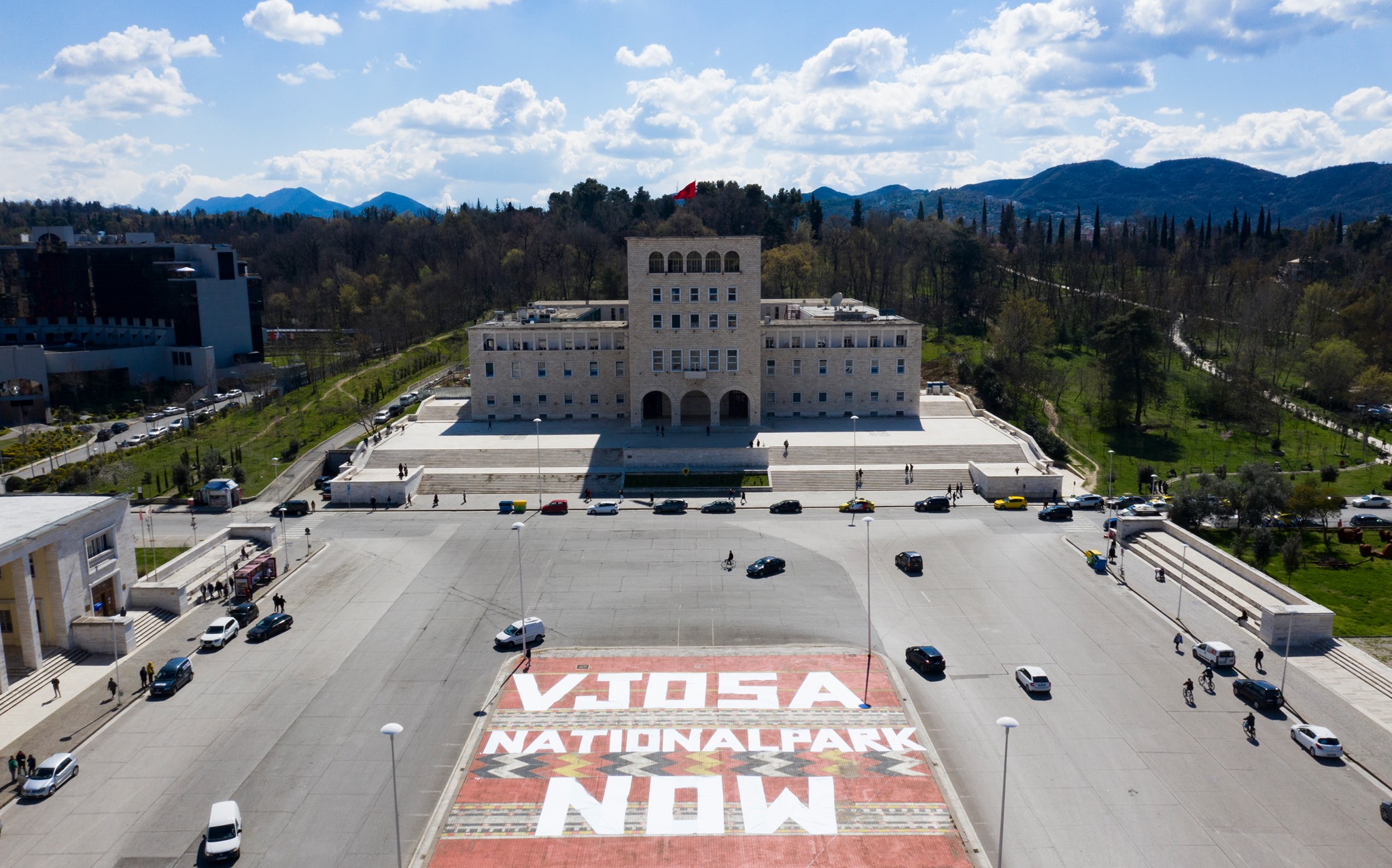
Hydropower is not creating appropriate levels of energy security and this is set to decrease further in the near future, as per the findings of the International Renewable Agency report on Albania.
The report reads that while hydropower accounts for 95% of Albania’s installed power capacity, it is extremely vulnerable to climate change, decreased precipitation, and extreme weather events. The country should seek to established energy security, energy sector sustainability, and ensured energy supply. This can be done by increasing the share of renewable energy and diversifying the country’s energy sector.
Opportunities for the deployment of solar energy are “extensive” as Albania enjoys some of the highest numbers of sunshine hours in the region, per year.
Wind power is also a great option for Albania and offers a low-cost solution to its energy issues.
IRENA said in the last few years the Albanian government has “taken commendable steps in the promotion of non-hydro renewable energy use.”
- It also made a number of recommendations. These include:
- Strengthening support mechanisms for renewable energy deployment;
- Establishing a dedicated renewable energy agency;
- Developing a heat bylaw;
- Developing a strategy for greener transport;
- Raising public awareness of the benefits of renewable energy;
- Enhancing institutional capacities and local human resources.
Hydropower dominates Albania’s electricity sector with 2 096 MW of installed capacity at the end of 2018, representing 95% of total installed power generation capacity.
The River Drin alone generates about 90% of Albania’s domestic electricity supply. Of the total installed hydro capacity, large hydropower plants (more than 10 MW) account for 1 904 MW, while small hydropower plants (less than 10 MW) account for 192 MW. As of 2018, the total installed capacity of hydropower amounted to just under half (47%) of the estimated hydro potential capacity.
However, climate change is already having an adverse effect on hydropower production, which is likely to continue in the future. By 2050, the annual average electricity output from Albania’s large HPPs could decrease by about 15% and from small HPPs by around 20% compared to 2010 levels.
In other words, no further hydropower capacities are proposed by 2030 in addition to existing plans. However, by the end of 2018, a total of 185 concession contracts were signed for the construction of 525 small HPPs nationwide. Of these, 165 are in production, 316 are under construction and the rest are obtaining the necessary permits (MIE, 2019). By the end of 2020, 184 MW of hydropower capacity was added with the commissioning of the newly constructed Moglica HPP. This is the largest independent power producer plant in Albania.
Hydropower is not a renewable or green energy source and it causes more damage to the environment than other renewable options. Despite this, both the Albanian government and the Opposition are pursuing it as a source of energy for the country.

